BY LT GEN BALLI PAWAR (RETD)
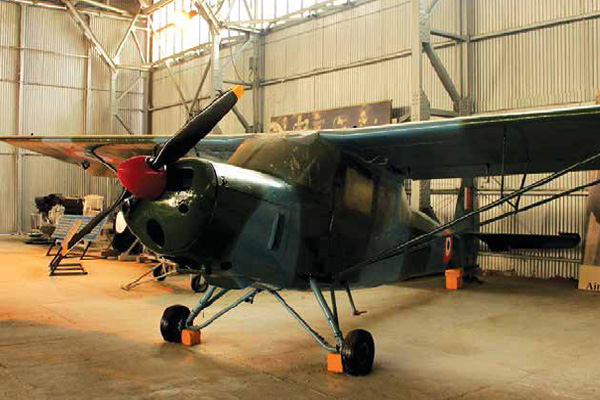
THE ARMY’S air arm the ‘Army Aviation Corps’ completed 31 years of its existence on November 1, 2017. From operating the Auster/ Krishak two seater fixed wing aircraft as part of erstwhile Air Observation Post (AOP) units, to the induction of light observation helicopters (Chetak/Cheetah) in early 1970s, the birth of the Corps in 1986 and the induction of the Hindustan Aeronautical Ltd (HAL) manufactured twin engine Advanced Light Helicopter (ALH) and its armed version the ‘Rudra’ in 2002 and 2013 respectively, has been a challenging journey. However its growth has been nowhere nearwhat was envisioned in 1963 by the then Chief of Army Staff Gen JN Chaudhary – today it lacks the requisite firepower, manoeuvre and assault capability in terms of attack and lift helicopters.
A survey of military aviation organizations, worldwide reveals the inadequacies of the Army Aviation. All major armies of the world including our adversaries China and Pakistan have a full – fledged air arm of their own, comprising all types of helicopters and fixed wing aircraft. The Pak Army Aviation boasts of an inventory consisting of all class of helicopters, including attack and fixed wing aircraft. In contrast, the Indian Army Aviation remains a reconnaissance and observation force with a few light utility helicopters. At present the army aviation assets are inadequate for the size of the Indian Army and the tasks it is required to perform. The expansion of the Aviation Corps is therefore imperative. The Army Aviation should possess a mix of light fixed wing aircraft and all categories of helicopters including attack/gunships for various roles like reconnaissance, surveillance, combat fire support, airborne command posts, combat service support, special operations and logistics.
However, despite its stunted growth and curbed status, this fledgling arm of the Indian Army continues to receive accolades for its performance, be it the Kargil conflict, the ongoing Counter Insurgency Operations or the unrelenting operations in the Siachen Glacier, the highest battlefield in the world. Routinely operating at 20000 feet and above, on extreme fringes of the current helicopter’s flight envelope, the Army Aviation has virtually been the lifeline of the troops deployed on the Glacier- a feat unparalleled anywhere in the world.
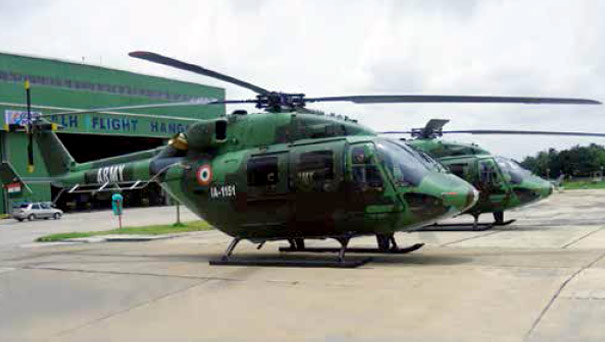
Army Aviation – Role & Employment Philosophy
The primary mission of army aviation is to fight the land battle and support ground operations. Its battlefield leverage is achieved through a combination of reconnaissance, mobility and firepower that is unprecedented in land warfare. Reconnaissance, attack, utility and cargo helicopters complemented by light fixed wing and support services like the air traffic control and logistics, are all required to support the army in its range of military operations. Aviation assets are force multipliers that provide the field force commanders the capability to conduct operations across the entire range of military conflict-this versatility is the very essence of Army’s air arm.
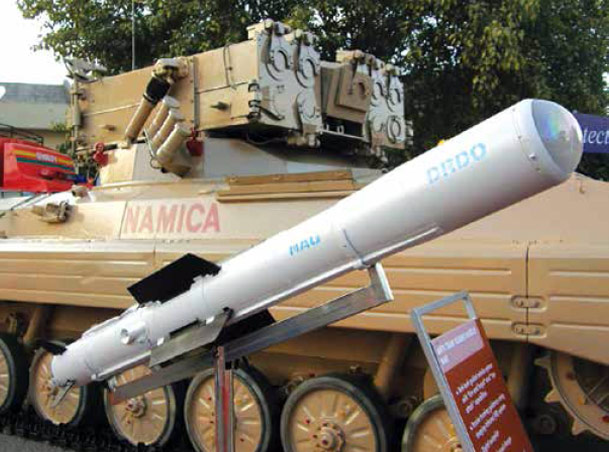
A major challenge facing the Indian Army today and in the future is counter insurgency/counter terrorist (CI/CT) operations. The protracted nature of CI/CT operations may seem to negate the need for a war fighting doctrine that emphasizes on speed and tempo. However it actually invites the pure application of terms, where speed is relative and exploits the natural advantages in mobility of security/special forces through use of helicopters. In our context the use of helicopters for these operations has been restricted to troop carriage, logistics, surveillance and casualty evacuation. We have been reluctant to use gunships/attack helicopters because of concerns for collateral damage. While this is of concern in built up areas, in remote mountainous terrain/ jungles this option needs to be looked at by the army and assets acquired accordingly.
Army Aviation – Growth Perspective
Presently the Army has in its inventory the largest number of helicopters amongst the three services (300 plus), majority being the light observation class ( Cheetah and Chetak). These helicopters are obsolete and have been in service for 40 years – keeping this fleet operational itself is becoming well-nigh impossible due to its vintage and spares criticality – a fact corroborated by both HAL and the Army. The ‘Cheetal’ helicopter (upgraded Cheetah) fielded by HAL as an interim measure is not a satisfactory solution. However to overcome the present criticality, 30 Cheetal helicopters are planned for induction in the next 2-3 years. The Army today has few helicopters to carry out a number of extremely specialized roles in the Tactical Battle Area (TBA). While the induction of the ALH is making steady progress(though plagued by poor maintenance support and serviceability), the medium and heavy lift helicopters which form the core of the tactical lift capability, continue to be with the Air Force . A similar situation exists with regards to attack helicopter units, which despite the Government order and being an integral part of the land battle, remain with the Air Force.
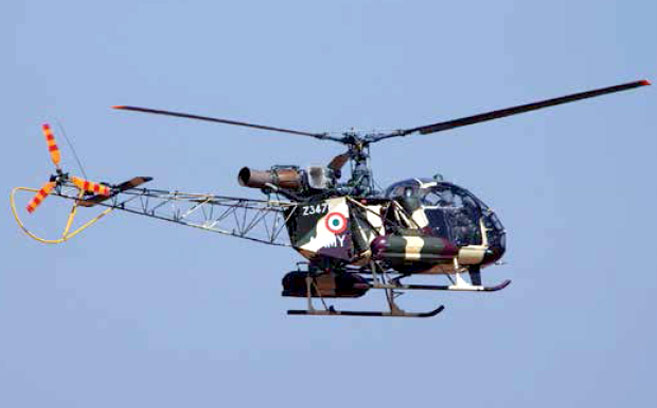
Their optimum employment is not possible in the present set up. The army’s requirement of small fixed wing aircraft (Dornier Class), in limited numbers for roles like command and control, aerial communication hubs, logistics including casualty evacuation and communication flights has also not fructified due to objections of the Air Force – one unit per operational command has been planned. This, despite the fact that even the Coast Guard and Border Security Force have fixed wing aircraft in their inventory.
Army Aviation – 2025
However, finallythere is some light at the end of the tunnel on the issue of the replacement of the ageing fleet of Chetak/ Cheetah helicopters. The Government’s decision to go in for the induction of 200 Russian Ka-226T helicopters in a Government to Government deal is welcome step. While the detailed formalities are yet to be worked out, these helicopters will be manufactured in India under the Make in India programme. The JV for the same has already been signed between HAL and Russian Helicopters and as per reports the contract is likely to be signed soon. In addition the HAL has also undertaken the development and manufacture of a three ton class light utility helicopter (LUH). This is to cater to the light reconnaissance & observation class of helicopters for all three services. As per HAL the LUH is expected to complete flight certification in the next few months and go into production thereafter. The plans are to manufacture 184 LUH in the new helicopter complex to be built in Tumakuru in Karnataka. – Overall there is requirement of almost 500 helicopters of the light observation class, with Army’s requirement amounting to approximately 280-300, including the replacement of Chetak/Cheetah.
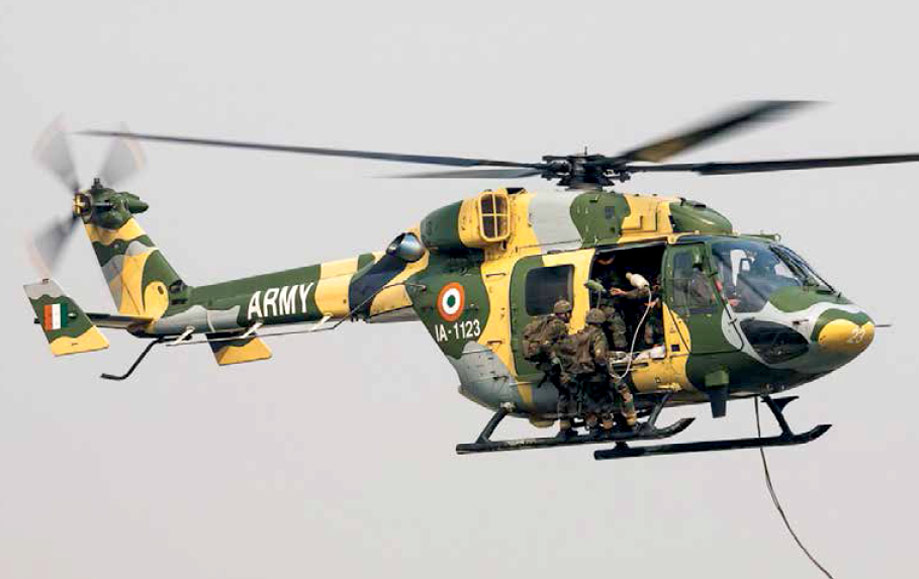
In the utility/lift category the induction of indigenously manufactured ALH commenced in 2002. Since then 70 helicopters have been inducted and operationalised so far-another 60-70 are planned for induction in the coming decade. The latest version of ALH fitted with the more powerful ‘Shakti’ engine an upgrade of the earlier engine fitted on the ALH, has also entered service. These helicopters will form part of the Aviation Brigades of each Corps.
Another variant of the ALH is the armed version called the ‘Rudra’, which was officially handed over to the army during the Aero India show in February 2013 – the first unit is already operational and another under raising. Rudra is a typical armed helicopter with an array of weapon systems including gun, rockets, air to air (Mistral) and air to ground missiles, along with a modern sighting system and integrated electronic warfare self – protection suite.
However, in its present configuration it has not been integrated with a suitable ATGM, as the air version of Nag ATGM ’Helina’, being developed by the Defence Research and Development Organisation (DRDO) is not yet ready. It is pertinent to note that non availability of a suitable airborne ATGM will not only impact the operational capability of the Rudra but also the Light Combat Helicopter (LCH) project of HAL. The ATGM is the main weapon system of an armed/attack helicopter and without it the helicopter merely remains a gunship, inhibiting the exploitation of its full potential.
The army is also looking to acquire a suitable helicopter in the 10-12 ton class with stealth features for its Special Operations Units as well as enhancing its overall tactical lift capability. The HAL has been looking at the feasibility of a joint venture with a foreign vendor for a 10-12 ton class multirole helicopter whose variants would also be available to the Navy and Air Force. However, so far very little progress has been made on this project.
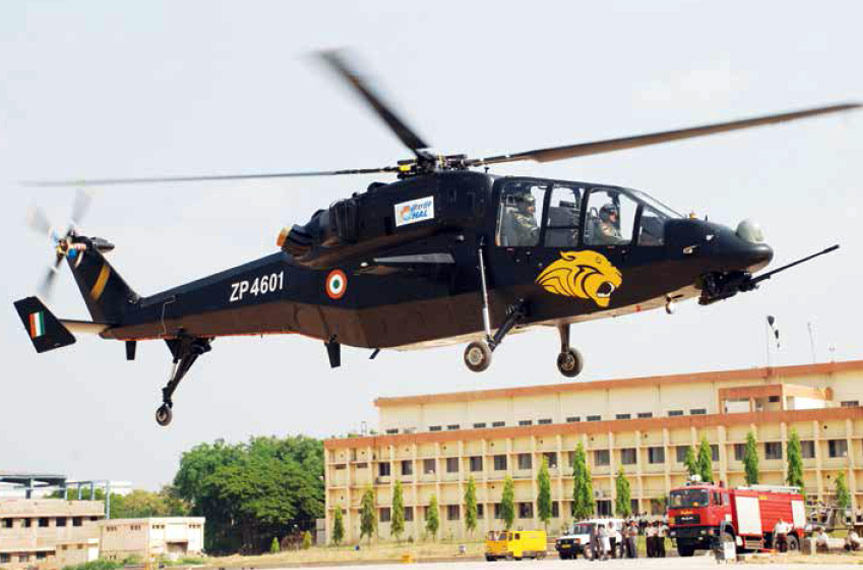
With the decision of the MoD on the ownership issue of attack helicopters in army’s favour, the army had projected its own requirements of attack helicopters – 39 Apache Mk III for its Strike Corps. In a recent development the Government has cleared the acquisition of only six Apache’s. Though not an ideal situation but a beginning has been made and the Army is looking forward to induct these, state of art Apache’s into its inventory. It is understood that the latest version of the upgraded Apache Block-III (Guardian) is to be inducted into the Indian military, which demonstrates many of the advanced technologies being considered for deployment on future attack helicopters. In this regard HAL’s development of the LCH is a landmark achievement. The LCH is stated to be a state of art attack helicopter with capability to operate at high altitudes (16000 feet) and would meet the unique requirements of the Indian Army. The LCH uses the technology of the existing ALH and its configurations except that the fuselage is suitably modified and streamlined for tandem seating. A number of development flights have taken place since its maiden flight on 29 Mar 2010 and HAL hopes to achieve initial operational clearance this year- hopefully. Both the Army and Air Force are the potential customers for the LCH with the Army’s requirement pegged at 114 helicopters.
Infrastructure Development
There is an urgent requirement to build suitable infrastructure and have it in place to absorb the new equipment and organizations. Support services like air fields, air traffic control, met equipment, maintenance equipment etc, would also need upgrading and refurbishing. Lastly, the most important facet, the training facilities for the training of aircrew and ground crew need modernisation. The importance of simulators for this purpose cannot be over emphasized. Currently the HAL in a joint venture with a Canadian firm (CAE) has come up with a full motion simulator for training of ALH pilots (civil/military) at their ‘HATSOFF’ Complex in Bangalore.
Keeping in mind the vast expansion plans of the Army’s air wing in the coming years and induction of sophisticated state of art equipment, Simulators will be the way forward for future training methods as they are cost and time saving.
Conclusion
To make the army aviation a potent force capable of supporting the Indian Army operations across the entire spectrum of conflict in the TBA, it must have a mix of both, helicopters and fixed wing aircraft with helicopters available in larger numbers. The helicopter fleet should consist of attack and armed helicopters, heavy, medium and light utility (lift) helicopters and light observation helicopters. There also would be a need for specialized helicopters suitably modified for special operations. The aim is to make the force a capability based organization rather than an equipment and inventory based structure, implying commensurate induction of man, machine, organisational and infrastructural requirements. New dimensions in tactical night operations as a direct result of sensor and avionics capabilities, with the ability to operate at low levels at night will yield great dividends. Only then will the Army Aviation evolve as a potent arm of the Indian Army, whereby its combat efficiency is enhanced to the maximum extent.









